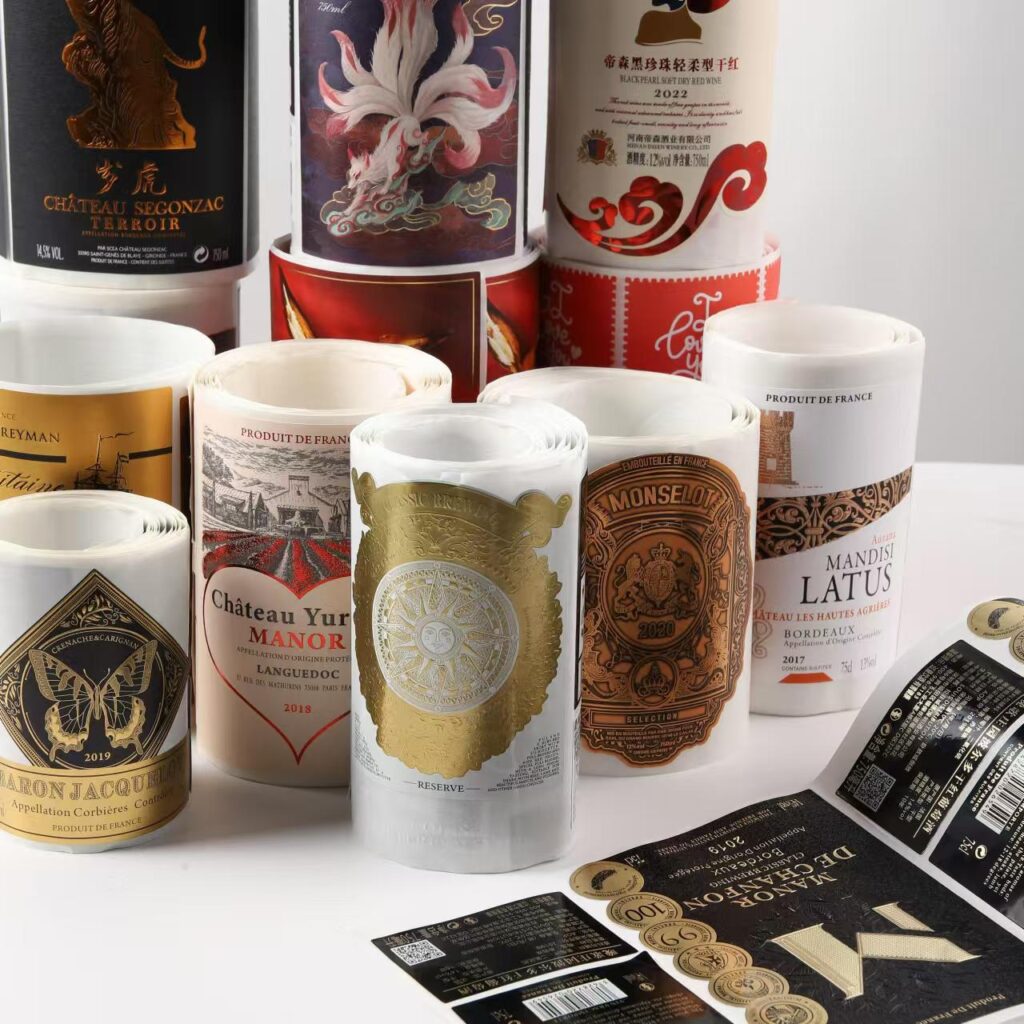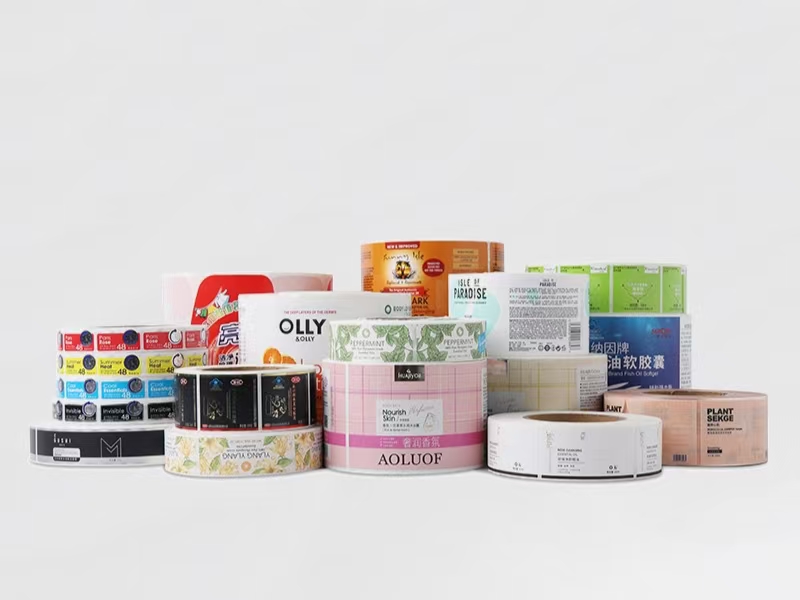As a supplier or brand owner in the wine industry, you understand that delivering top-quality products with consistent, attractive packaging is essential to. Beyond design and print, one crucial factor often determines your success:
the choice of wine label material.
Choosing the right label material not only elevates brand shelf appeal and consumer trust but also ensures durability through handling, shipping, and storage — minimizing costly returns and complaints. High-quality materials combined with advanced finishing techniques empower you to offer premium solutions your clients will appreciate, setting you apart from the competition.
In this article, we’ll explore the best wine label materials for various applications, highlight their key benefits, and guide you on how to match them with your clients’ needs — helping you provide wine labels that truly add value.

1.Pearlescent Paper Labels — Subtle Shine with Luxury Feel
Ideal for: High-end wines and gift editions
Key Features:
Exhibits delicate reflective layers under natural light for a soft shimmer
Paired with matte gold foil stamping, logos and graphics naturally stand out in subtle relief
Enhanced embossing reaches twice the height of standard UV coating, creating a dramatic visual and tactile effect
Tip: Perfect for brands seeking an elegant, artistic look.
🎥 Watch this material in action: [Add YouTube link]

2. Plastic Labels
Best for: Supplement labels, vitamin labels, pharmaceutical packaging, cold chain products, dietary supplements.
Benefits:
- BOPP (Biaxially Oriented Polypropylene): Waterproof, oil-resistant, tear-resistant, lightweight, and durable.
- Vinyl: Highly flexible, fits irregular surfaces, and resistant to outdoor conditions.
- PET (Polyester): Excellent heat and chemical resistance, high strength, suitable for premium pharmaceutical and supplement packaging.
Why Choose Plastic Labels? Plastic labels offer outstanding durability, perfect for products that must withstand moisture, heat, or oil exposure—ideal for health supplements, pharmaceuticals, and nutrition products.

3. Metalized Labels
Best for: High-end nutritional products, vitamin series, gift box packaging.
Benefits:
- Metallic finishes provide a premium, sophisticated appearance.
- Excellent UV resistance and durability.
- Elevates product image and market competitiveness.
Why Choose Metalized Labels? If your supplements or pharmaceutical products target high-end markets, metalized labels significantly enhance the perceived value and prestige.

4. Eco-Friendly Label Materials
Best for: Organic supplements, natural vitamins, eco-themed cultural and creative stickers.
Benefits:
- Made from recycled paper, biodegradable films, or sugarcane fiber.
- Reduces carbon footprint and supports sustainability initiatives.
- Strengthens brand’s eco-friendly image and attracts green consumers.
Why Choose Eco-Friendly Labels? Eco-friendly labels differentiate brands focused on natural, healthy, and safe products, enhancing consumer affinity and loyalty.

Factors to Consider When Choosing Label Materials
- Product Environment: Will the label be exposed to moisture, oils, high or low temperatures?
- Container Surface Type: Is the surface curved, flat, or textured?
- Label Lifespan: Is it for short-term promotions or long-term use?
- Aesthetic Requirements: Prefer transparent, metallic, textured, or matte finishes?
Choosing the right material involves balancing functional needs with branding strategy.
Conclusion: Match Materials to Your Brand Mission
Selecting the correct label material is crucial for crafting durable packaging labels that protect your product, enhance brand image, and satisfy customer expectations.
Whether building a professional image for health supplements or adding creative flair to cultural sticker lines, material selection is key to market success and customer trust.
Need expert guidance to customize the perfect label materials for your products? 👉Con tact OnePrintPack today for a free consultation and tailored solutions!

